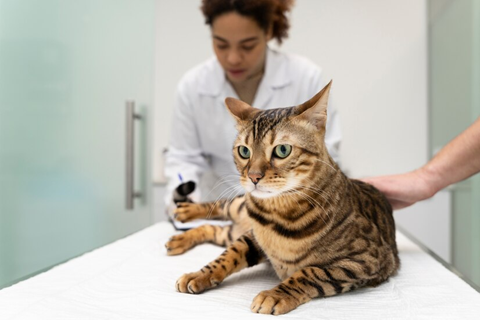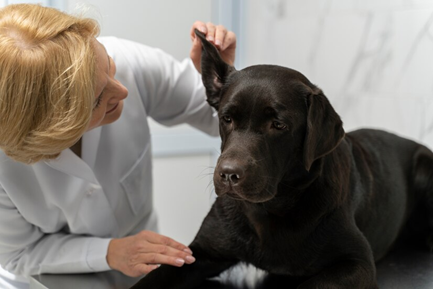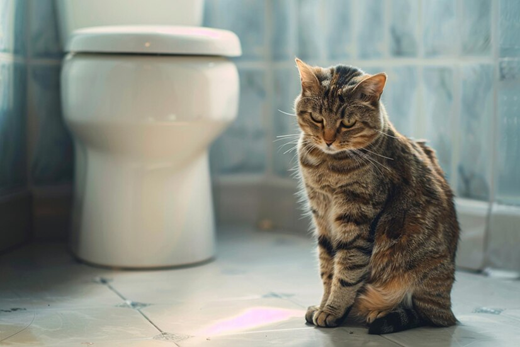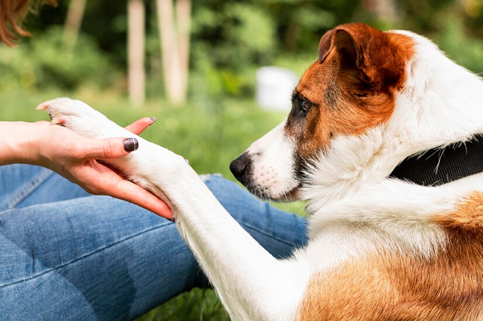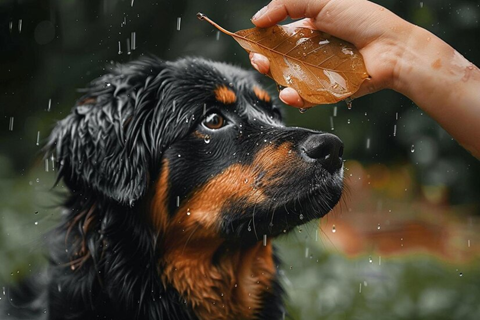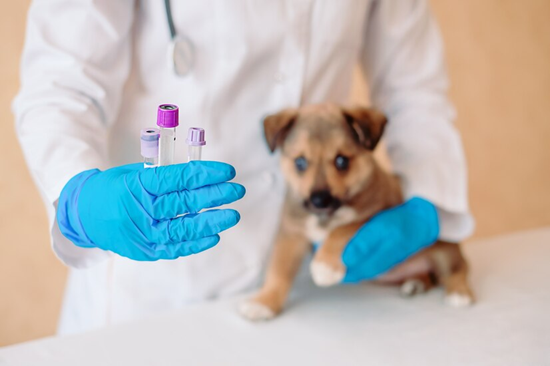The monsoon season brings relief from the heat but also poses various health risks for dogs, especially skin infections. Dampness, humidity, and prolonged moisture exposure create an ideal environment for bacterial, fungal, and parasitic infections.
What are the common skin infections seen in dogs during monsoons?
During the monsoon, dogs are prone to several skin infections, including:
Fungal infections: These often occur due to prolonged moisture retention in the fur, leading to conditions like yeast infections.
Bacterial infections: Humidity fosters bacterial growth on a dog’s skin, manifesting as redness, itching, and pus-filled lesions.
Hot spots: Also known as acute moist dermatitis, these painful lesions develop due to excessive licking and irritation.
Acral lick dermatitis: Continuous licking caused by discomfort often results in inflamed, raw patches.
Pododermatitis: A common issue where excessive moisture and licking lead to swollen and painful paws.
Monitoring your dog for any signs of infection and seeking early veterinary care can prevent more serious issues.
What are the causes of skin infections in dogs during monsoons?
Monsoons create conditions where the skin of dogs is exposed to constant moisture, triggering infections. Some primary causes include:
High humidity: Moisture trapped in your dog’s fur fosters the growth of fungi, bacteria, and parasites.
Excessive licking: Increased moisture makes dogs lick their paws and body, often leading to Acral lick dermatitis.
Dirty fur: Accumulated dirt and wet fur can cause bacterial growth, which often leads to skin infections.
Prevention involves drying your dog thoroughly after outdoor activities and maintaining a clean coat.
How can I prevent skin infections in my dog during the monsoon?
Preventative measures go a long way in avoiding skin issues in dogs during the rainy season. Some effective steps include:
Regular grooming: Keep your dog clean and dry. Brush their fur to remove dirt and moisture, preventing infections.
Bathing: Use moisturizing, medicated shampoos that can help maintain skin health and prevent infections. Ensure your dog is completely dry post-bath.
Tick and flea prevention: Ticks and fleas thrive in damp environments, so use anti-parasitic treatments regularly.
Paw care: After walks, check and clean your dog’s paws to prevent fungal or bacterial infections.
Maintaining hygiene and monitoring your dog’s skin condition regularly are key.
What should I do if my dog shows signs of a skin infection?
If your dog shows signs of infection—such as excessive licking, scratching, redness, swelling, or hair loss—immediate action is necessary. Here are some steps:
Consult a veterinarian: Early diagnosis ensures effective treatment and prevents the infection from worsening.
Medication: Your vet may prescribe antifungal or antibacterial creams or oral medication depending on the infection’s severity.
Home care: Follow home care instructions, including bathing with prescribed shampoos, keeping your pet dry, and applying medicated creams.
Prompt treatment ensures a quick recovery and prevents further complications.
Monsoon skin infections in dogs are common, but they can be prevented and treated with proper care. Regular grooming, preventing moisture buildup, and prompt veterinary consultation are crucial for keeping your pet healthy during the rainy season. By staying vigilant and proactive, you can help your dog avoid discomfort and stay infection-free throughout the monsoons.
For any concerns, always consult your vet to ensure your pet gets the proper care.

